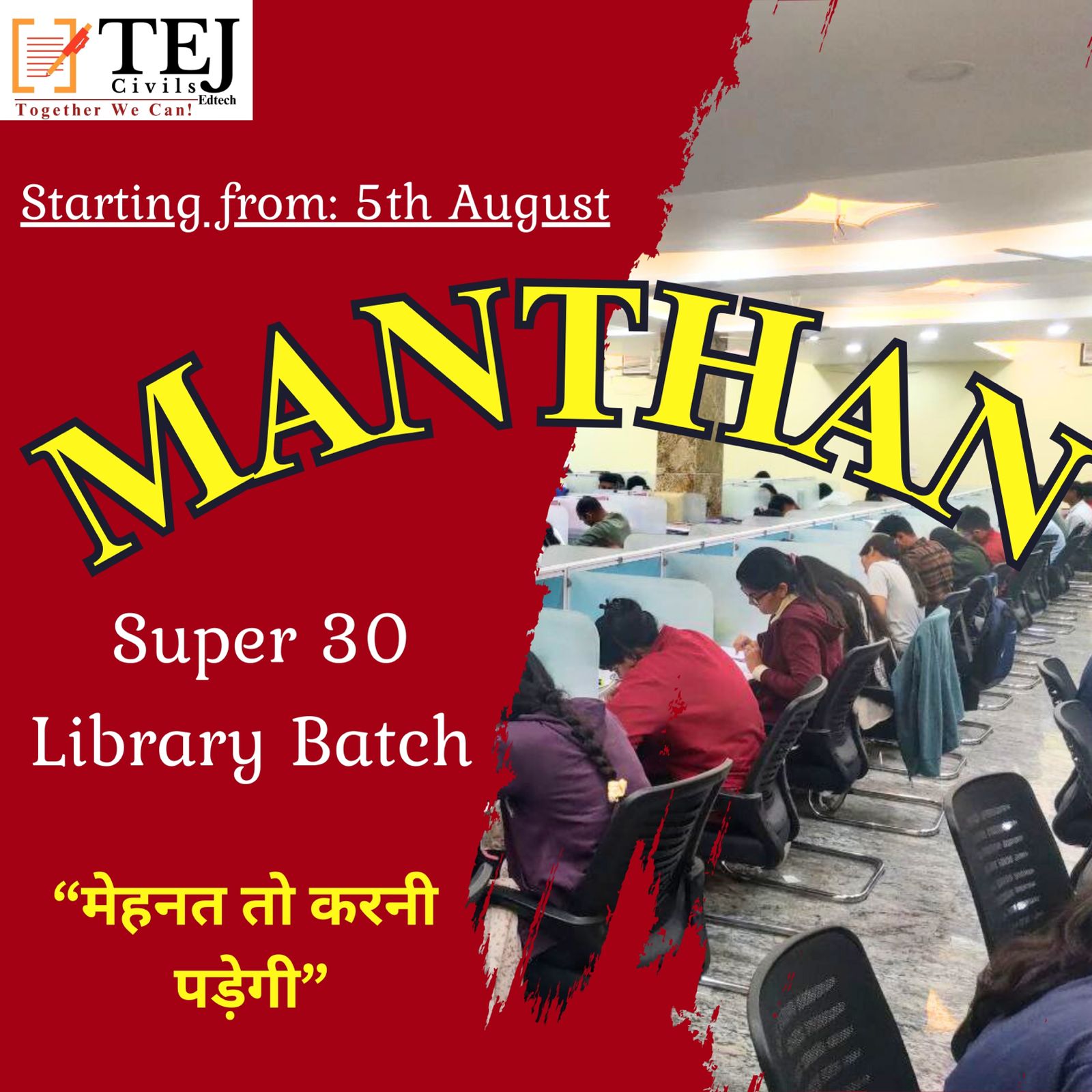ISRO Demonstrates GNSS-R Technolog
ISRO Successfully Demonstrates Satellite Technology to Study Ocean and Soil Parameters
ISRO's GNSS-R Technology
What is GNSS-R?
- Developed by: SAC-ISRO, India’s first spaceborne precision receiver.
- Method: New remote sensing method using reflected GNSS signals.
- Data Collection: Collects data on soil moisture, surface inundation, ocean surface wind, and waves.
- Carried by: EOS-08 satellite (launched on August 16, 2024).
Data Processing
The raw data is processed at the National Remote Sensing Centre (NRSC) in Shadnagar, Hyderabad. GNSS/RNSS signals (GPS, NavIC) reflected from Earth's surface are analyzed.
GNSS-R Functions:
- Collects ground-reflected GNSS signals & measures their strength.
- Provides scientific information on:
- Soil moisture
- Surface inundation
- Ocean surface wind & waves
Resolution:
- Oceans: 15 km x 15 km
- Land: Better than 1 km x 1 km
GNSS-R Outputs:
- Delay-Doppler Maps (DDMs): Used to derive scientific data like NBRCS.
- Data Processing Tools: Microsoft tools developed by SAC-ISRO.
GNSS-R Achievements:
- Collected high-resolution land data over the Sahara Desert (better than CYGNSS).
- Generated a flood mask for the Amazon rainforest using SpecUltraFlaction technique.
- Collected the first ocean data over the Pacific Ocean for wind speed & wave direction.





















